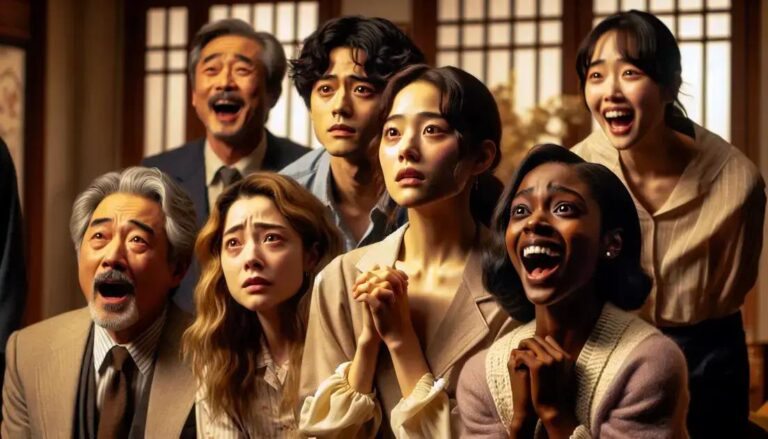Anúncios
Have you ever called your crush “oppa”? Or said “fighting!” to wish someone good luck? These Korean expressions, once unfamiliar in the West, have become part of everyday speech for many fans worldwide—thanks to the global success of K-Dramas. More than just entertainment, these shows play a powerful role in spreading Korean language and culture.

The Language of Dramas
The dialogue in doramas (as they’re affectionately called in Brazil) is like a crash course in everyday Korean. Phrases like “Saranghae” (I love you), “Aish!” (an exclamation of frustration or annoyance), “Daebak” (amazing or awesome!), and “Gwenchana” (are you okay?/it’s okay) quickly become catchphrases among fans. They’re often repeated in memes, TikTok videos, photo captions, and even casual conversation.
These words carry emotional weight beyond their literal meanings. Viewers don’t just learn what the words mean—they also absorb the tone, context, and even body language that accompanies them, making the learning process immersive and engaging.
A Boost to Language Learning
The global K-Drama phenomenon has significantly increased interest in learning Korean. Language-learning platforms like Duolingo have reported a surge in Korean course enrollments, especially following the popularity of dramas like Crash Landing on You, Itaewon Class, and Goblin.
Likewise, institutions such as the King Sejong Institute—South Korea’s official cultural and language education center—have seen booming demand for both in-person and online Korean classes. What was once a niche interest has become a worldwide trend: learning Korean is now considered cool, particularly among younger generations.
Linguistic and Cultural Curiosities
Through K-Dramas, viewers are introduced to fascinating aspects of the Korean language that go beyond vocabulary. One standout feature is the use of different levels of formality and respect. Words like “oppa” (used by women to address an older male), “sunbae” (someone more experienced or senior), and “ajumma” (a middle-aged woman) aren’t just linguistic labels—they reflect social hierarchy, emotional ties, and cultural expectations.
Another fun curiosity is how some expressions take on unique local meanings. The iconic “fighting!”—used to cheer someone on—is borrowed from English but has a completely distinct cultural usage in Korea that wouldn’t make immediate sense outside of that context.
Natural and Emotional Learning
What makes K-Dramas such effective tools for language learning is the natural and emotional way they present the Korean language. As viewers watch characters fall in love, argue, joke, and overcome challenges, they absorb vocabulary and sentence patterns almost unconsciously—just like how we learn our native language as children.
Learning a new language can be daunting, but K-Dramas prove it can also be fun and even addictive. Many fans start studying Korean just to understand their favorite lines without subtitles—or to travel to South Korea and experience it all firsthand.






